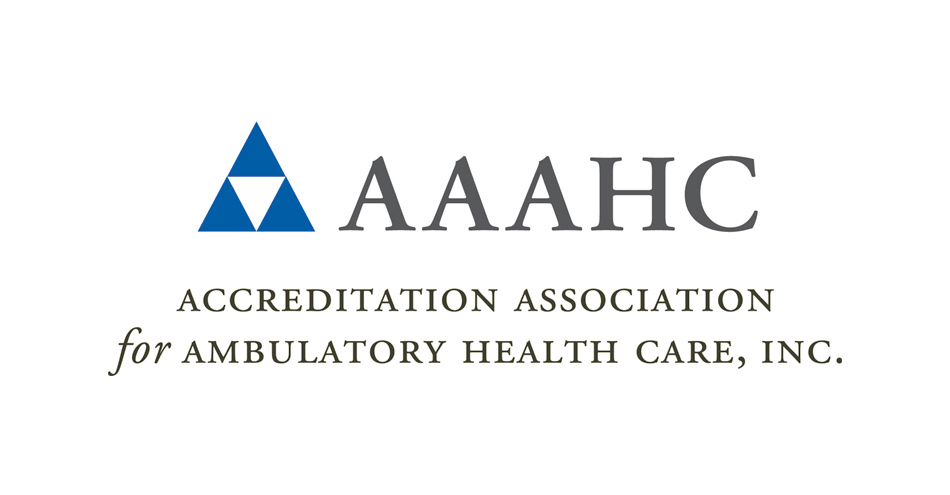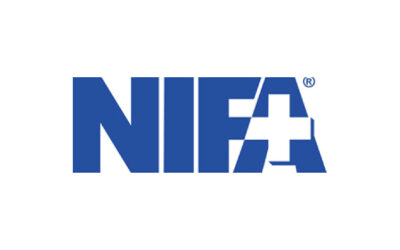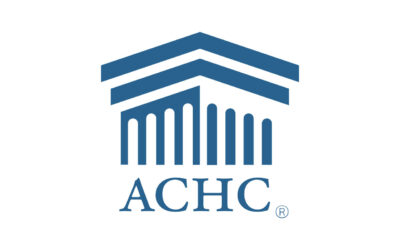By Belle Lerner, MA
One of the ongoing projects of the AAAHC Institute for Quality Improvement is conducting clinical benchmarking studies. The studies are segmented into six-month periods and address a range of common clinical procedures (cataract, colonoscopy, knee and shoulder arthroscopy, low back injection, to name a few). Participating organizations provide data on a minimum of 15 routine cases and we provide the data analysis that identifies the range of performance and takes a close look at the best practices of the highest performers.
Still, we find that many organizations see benchmarking as an unnecessary extra, rather than using it as a tool for evaluation and improvement. For 2017, we have added a universal study to the roster: Safe Injection Practices. Our hope is that a topic applicable across virtually all patient care settings will broaden participation and understanding of the value of benchmarking.
What is benchmarking?
Simply put, benchmarking is creating a ranking of results. By systematically comparing products, services, or work processes among similar organizations, departments, or providers, you can identify and implement the practices that lead to the best outcomes. Internal benchmarking looks at the performance of peers within an organization over time. External benchmarking is a comparison among different entities. Because there are unique benefits to external and internal benchmarking, organizations that perform both have the most to gain.
Why do it?
Benchmarking can:
- Identify performance relative to peers.
- Help you reach a performance goal that you are struggling to meet.
- Mitigate complacency among providers within an organization. Sometimes, work colleagues or even entire organizations start to show signs of declining efforts toward quality improvement because of unfounded belief that their performance is equal to or better than their peers.
- Drive realistic goals for a QI study. When a health care organization tries to identify a problem and set realistic, measureable goals for a QI study, one easy way is to look at benchmarking results.
Gathering peer best practices and metrics provides organizations with insights into the performance level that is achievable in their field. After setting goals based on best performers’ achievements, organizations can continually identify opportunities to improve. This can take some time to accomplish; regular benchmarking can “jump-start” learning and accelerate success.
An Example of Internal Benchmarking
Internal benchmarking can lead to exchanging best practices with colleagues in an organization or examining performance over time to make sure performance is not slipping. For example, staff at a freestanding, single specialty ambulatory surgery center that performs roughly 1,000 cataract extraction with lens insertions annually (Organization CAT) may notice that there has been an increase in patient complaints about the time it takes for them to be discharged from the facility after surgery. Discharge times are defined as when the patient is deemed medically ready to leave the facility.
If this is a process issue, the organization can begin tracking discharge times by each provider. If the results determine that discharge times vary significantly by provider, the providers with the shortest discharge times should be encouraged to share their “best practices” with their colleagues. Examples of best practices could include: administering oral sedation in the majority of cases, providing patients with detailed instructions during the pre-op visit, and having standardized discharge instructions. The benefit in this case is not only improved organizational efficiency but potentially increased patient satisfaction.
Before embarking on internal benchmarking for this topic, the organization should be sure the issue is not related to patient transportation home. If patient transportation home is the issue, improvement efforts would be better focused on patient communication prior to the day of the procedure than on individual provider technique.
An Example of External Benchmarking
To take the above example one step further and turn it into external benchmarking that can potentially lead to further process efficiencies and greater patient satisfaction, Organization CAT may want to compare their discharge times with other similar organizations (i.e., free-standing, single specialty ambulatory surgery centers that perform approximately 1,000 cataract extractions with lens insertions annually) to determine if there is room for further improvement in reducing discharge times. Conducting external benchmarking enables organizations to discover what is possible externally in the industry. Some external benchmarking studies actually include details on “best practices” of the top performing participating organizations. The benefit in this case is that, where feasible, other organizations can implement strategies outlined by external top performers to improve their organization’s performance.
Superior benchmarking provides organizations with the tools for a quality improvement (QI) study, combatting persistent performance issues and guiding the development of new policies and practices.
What else is there to consider when benchmarking?
Benchmarking may require significant staff time and resources to complete. Be sure to consider the costs and logistics before launching into benchmarking activities. The following functions are key:
- Find (for external benchmarking) and recruit peers
- Identify what exactly to measure
- Analyze the data and report the results
- Maintain confidentiality of providers and patients involved
If the health care organization does not have the means to accomplish these tasks alone, there are third party providers that conduct end-to-end benchmarking (like the AAAHC Institute) or offer component parts like useful resources or help analyzing results and implementing improvement actions.
Embarking on a benchmarking activity involves planning and resources. Therefore, make your benchmarking activities meaningful to your organization to get the most out of the experience and the results, to find your way to quality improvement.
About the author
Belle Lerner, MA, has served as Assistant Director for the AAAHC Institute for Quality Improvement since 2012. Previously, Lerner was a senior policy analyst and market research manager at the American Medical Association.









